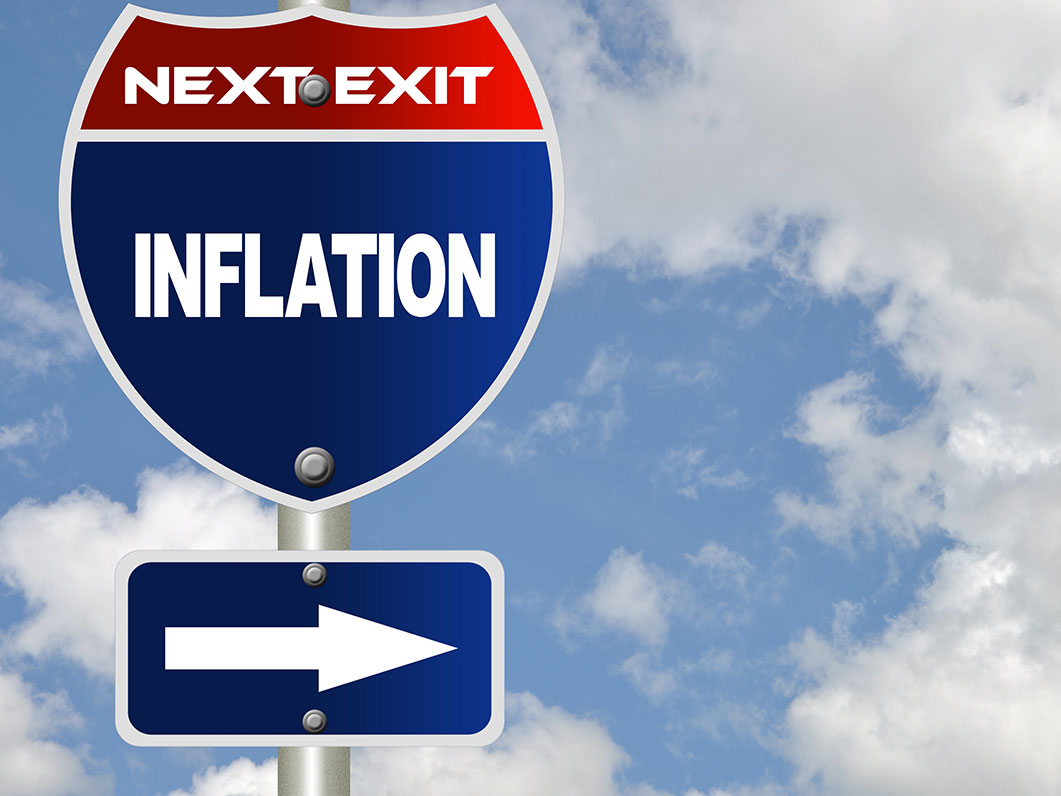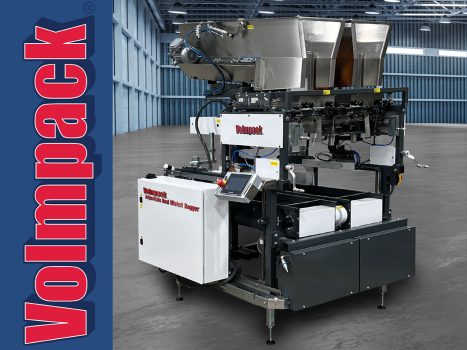
Focus on Logistics, By Cain Adams
Trinity Logistics/Longboard Logistics, Meridian, ID
Freight rates have been on the decline for the past two months, and it’s felt like a roller coaster without brakes. It’s a sigh of relief for shippers. Customers and I laugh, a bit, about how many freight broker calls they hang up on per day.
Carriers are nervous. China is closed over COVID, which will free up capacity near ports. Fuel at historical highs “should” make freight rates go up. Right? Sure, unless there is a change in consumer spending. Yeah. It finally happened. And overnight.
House makeovers are done, and stimulus checks/PPP loans are dried up. Want to buy a house at 2.5 percent interest levels on a 30-year fixed? Well, that’s a pipe dream for a while.
Mortgage companies have started laying off their staff. Refinance departments are not getting any calls, and the banks are tightening up on Home Equity Line of Credits. If housing starts to reduce, we will see lumber prices go down, a decrease in materials purchased and a hiccup called recession.
Inflation is here, and it’s staying put for the time being. Recession is a dirty word, but it can also be useful to balance out costs. We may see it this fall. For how long is the concern.
So how will this affect onions? Well, in the short term we should see much better rates out of all states. Mexico is heating up, weather-wise, which will flood the market taking the price per bag down. Weather in Chicago and larger Northeast cities will warm up, creating more demand this Easter. Right now, we are seeing a huge demand for flatbeds for southern states and increasing demand for reefers in northern states. That means trucks will be in high demand in McAllen and Georgia within the next two weeks.
The northwest will ship contracts to finish up and at a steady freight rate. Carriers will flock to the southern states to grab better, per mile, freight. It’s definitely getting interesting.
We are keeping an eye on California. There are talks among smaller trucking companies about a strike. Basically, because fuel is at $7 per gallon in California. Carriers are possibly not going to pick up any freight hoping California does something about the fuel cost.
This has just been rumors and talk. Nothing has formally been conceived. If it happens, we may see it escalate to other areas of the country. Carriers want to stay in business, but the inflation over the past few years has increased their average costs per mile.
If California does not do anything about the fuel price, we may see Arizona and New Mexico get more inbound trucks and California get less. This would help reduce the per mile for Arizona and New Mexico while increasing the cost to load out of California.
In the long run, if spot market rates we are paying cannot keep trucks in service, they will go out of business or mergers will take place. This would happen fast.
We will see more drivers leave the industry and autonomy pushed ahead by a few years. Driverless trucks are all the rage, and geeky engineers can’t wait to deliver. Would this create more stability or less stability? The jury is still out on that one.
We can go two ways with this. Either trucks park and artificially push the rates up, or they all need to pay their bills and scrape by until there is an upswing in rates and we keep them rolling. Personally, I was thinking we would go up in rates around Easter until July 4, then drop to rates seen prior to the pandemic. It’s going to all hinge on diesel prices.
Oh yes, and a little thing called Ukraine. That’s for another time though.
We still live in the best country in the world and no matter what waves come, we always get stronger. Sometimes we need to be shaken up to allow rearrangement. If we didn’t, we may still be on horseback and wagons.
Cheers and have an amazing season!



